
Understanding PURPLE Crying: A Complete Guide for New Parents


Rs. 1,995.00
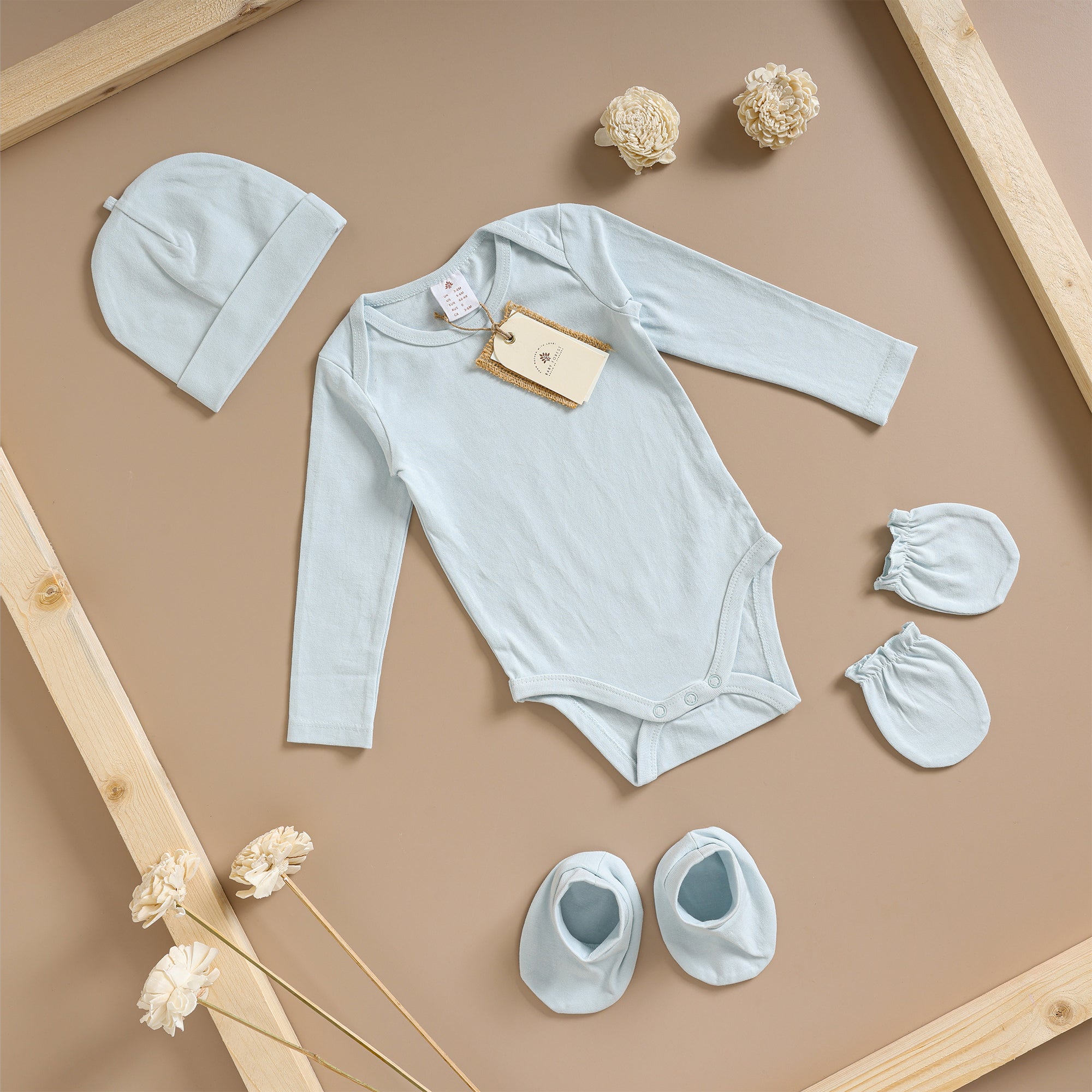
Rs. 1,995.00

Rs. 1,995.00

Rs. 1,995.00

Rs. 1,995.00

Rs. 1,995.00
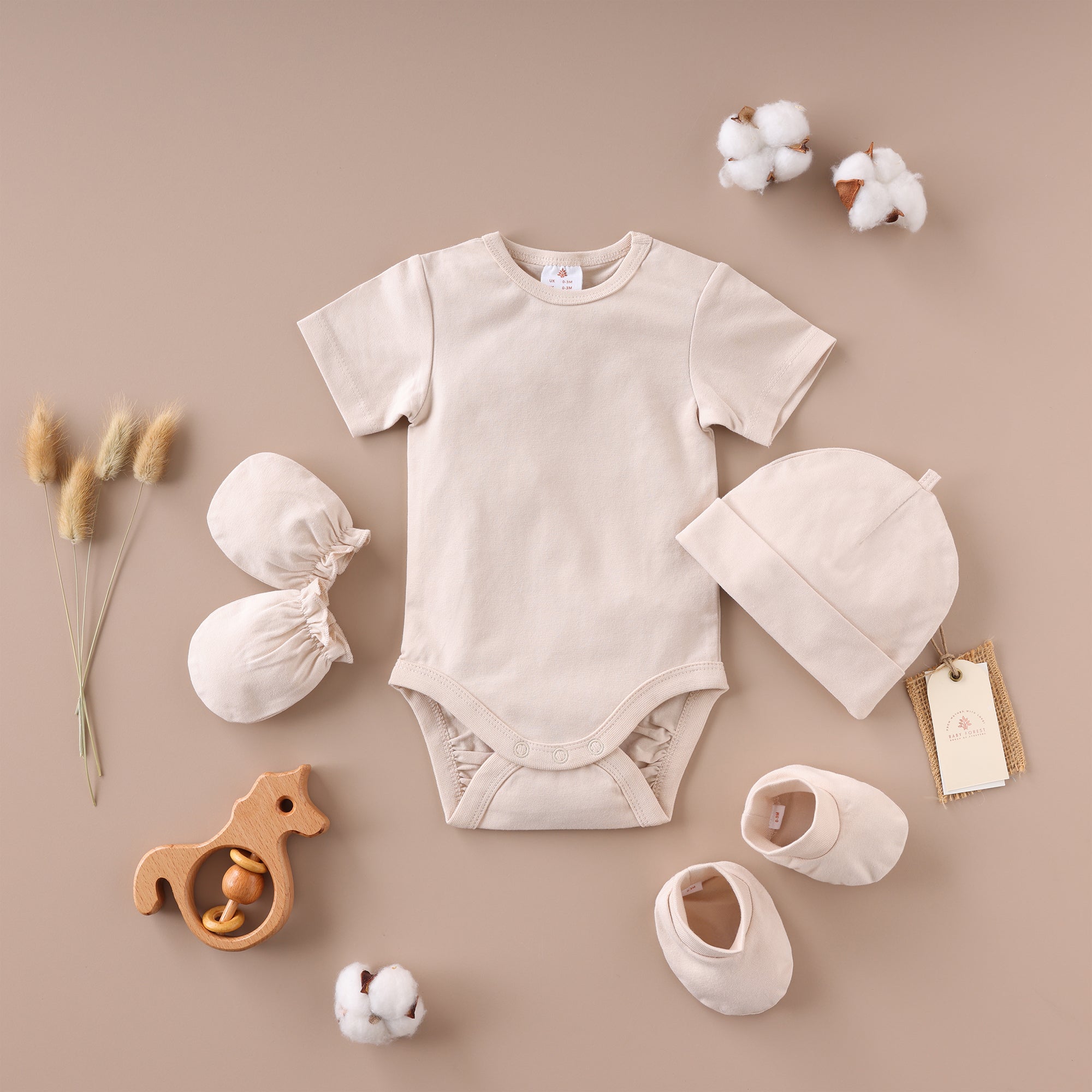
Rs. 1,995.00
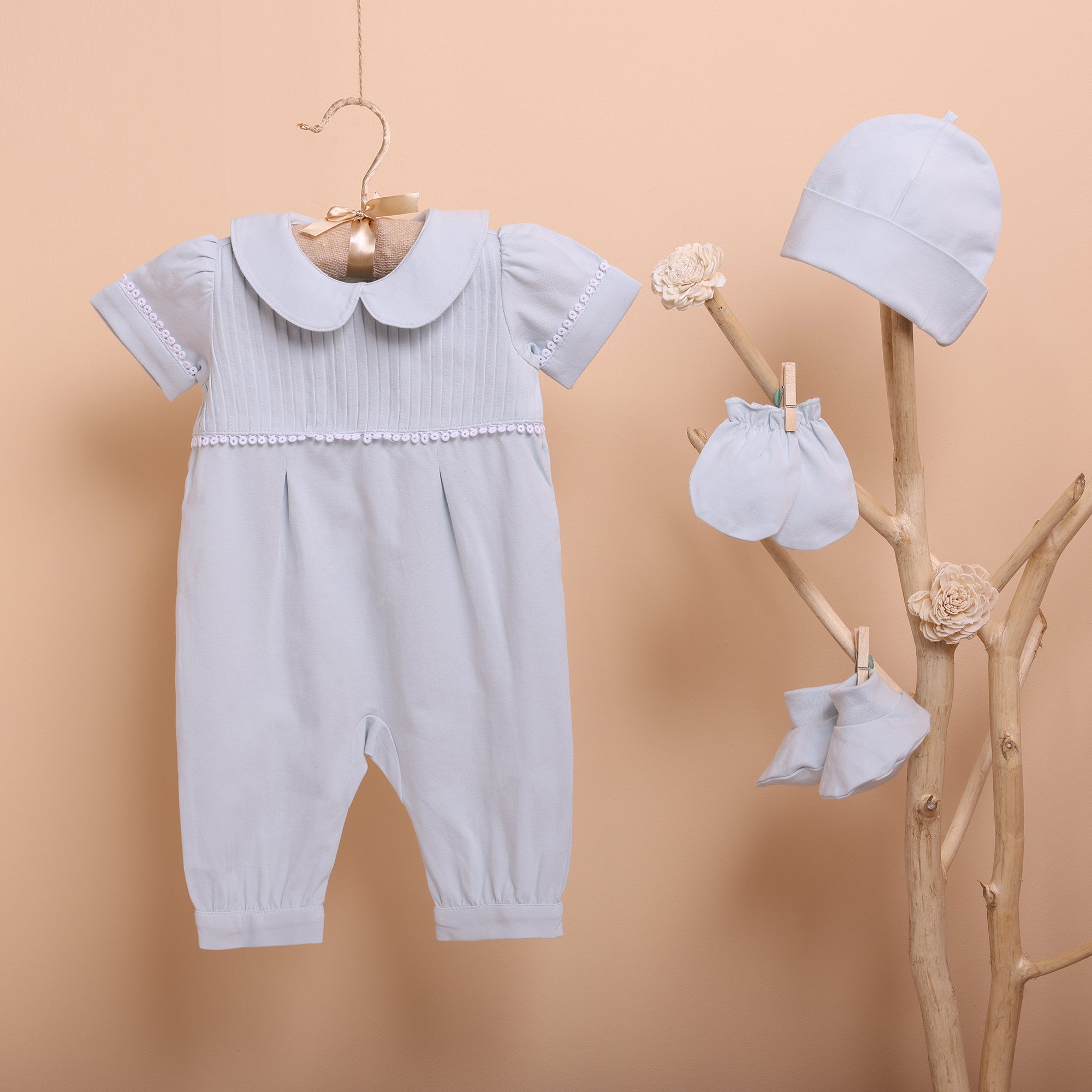
Rs. 4,495.00
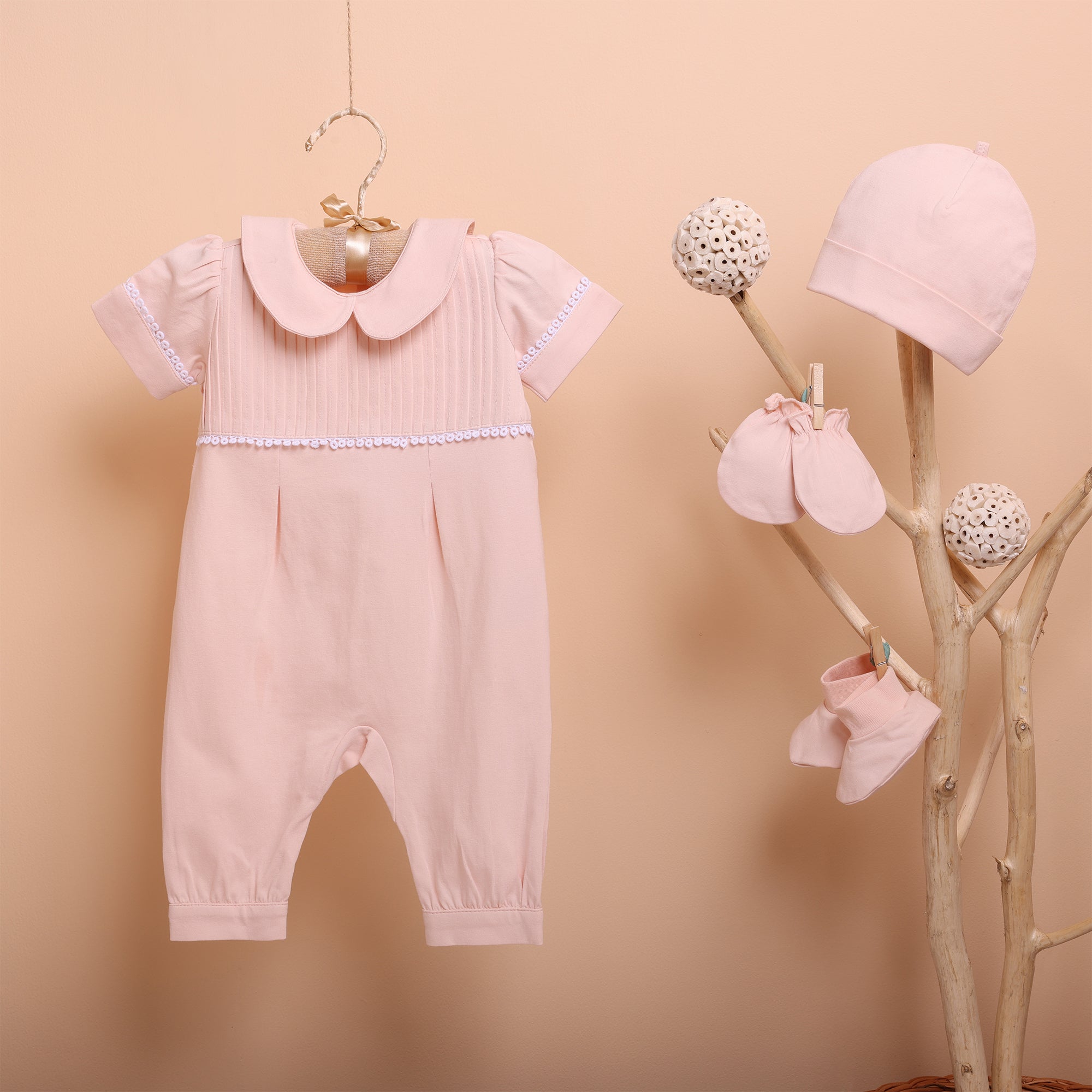
Rs. 4,495.00
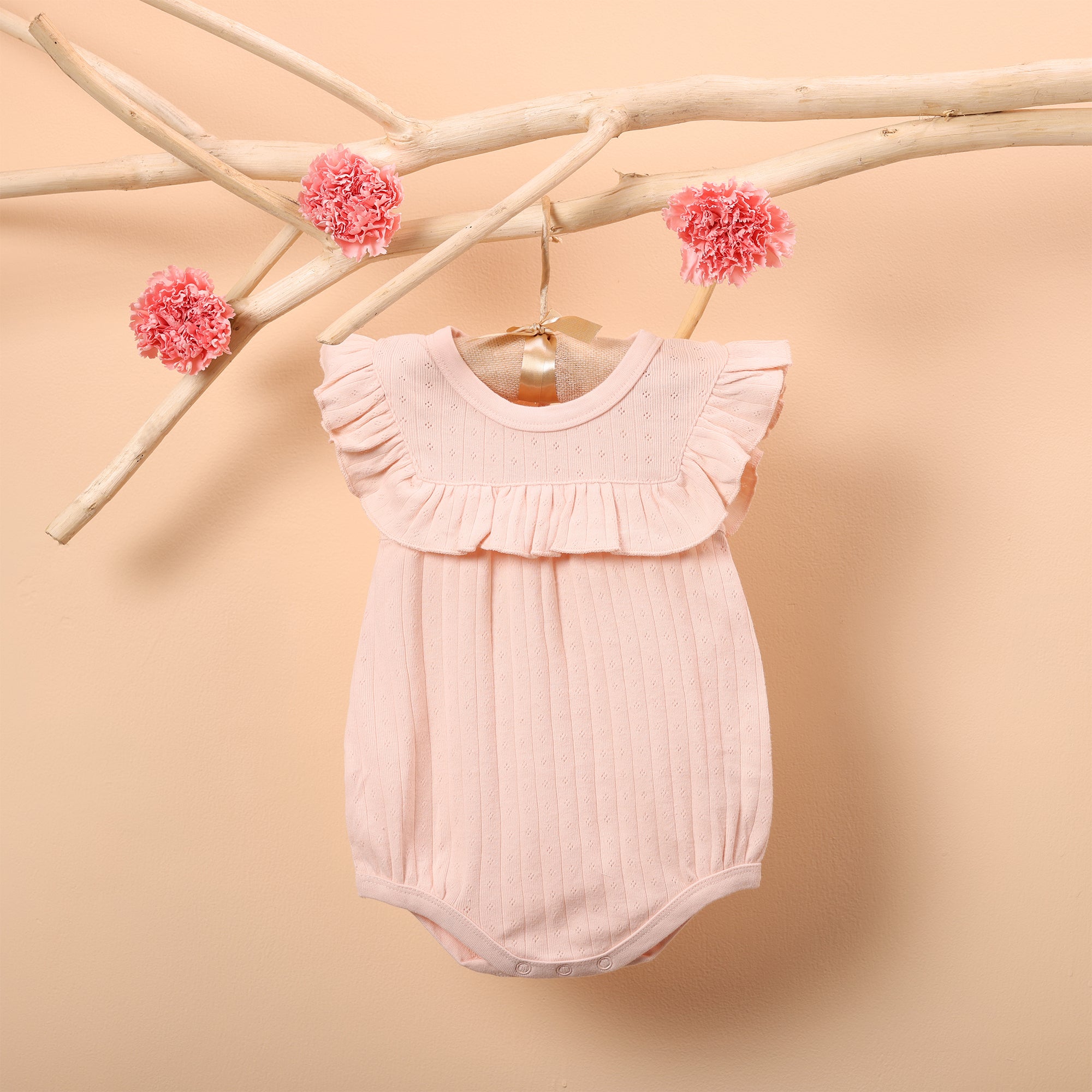
Rs. 2,595.00

8 Must-Have Festive Clothing for Your Little One

5 Best Summer Clothing for Baby Boys

Kajal Application for Newborns: Tips for Safety and Hygiene

Things to Keep in Mind Before Buying Baby Toys

What Does Your Baby's Poop Color Mean?

6 Must-Have Newborn Clothes for the First Few Months

Importance of Baby Growth Chart for a Parent

A Parent’s Guide to Dressing Your Baby for Cold Weather
Parents are always concerned about their newborn's well-being, and ensuring their baby gets a comfortable night's sleep is one of the top priorities. Proper baby clothing plays a significant role in this. Here's a comprehensive guide on how to dress your baby for a restful night's sleep.
Before diving into some baby clothing options, it's crucial to understand the sleep environment, as it directly impacts on how you should dress your baby to sleep.
The ideal room temperature for a baby's sleep is between 68-72°F (20-22°C). This range helps ensure your baby is comfortable without overheating or getting too cold. Using a room thermometer can help you maintain this ideal temperature.
The American Academy of Pediatrics (AAP) advises against using loose blankets, pillows, or stuffed animals in your baby's crib as they pose suffocation and strangulation risks. Instead, opt for fitted sheets and sleep sacks or wearable blankets.
Dressing your baby appropriately for sleep involves selecting the right type of baby clothing based on the season and room temperature. Let's explore some popular options and when to use them.
Swaddling is the practice of snugly wrapping your baby in a swaddle blanket, creating a cosy atmosphere that helps them feel safe and sleep better.

Related Read - The Essential Guide to Perfect Swaddling: Techniques and Tips for New Parents
Full-sleeve bodysuits, also known as sleepers or onesies, are excellent for keeping your baby warm without the need for additional blankets.
Features to Look For:Sleep sacks are wearable blankets that reduce the risk of suffocation associated with loose blankets while providing warmth.
The season significantly influences how you should dress your baby for sleep. Let's break it down by season.
During hot weather, it's important to keep your baby cool to prevent overheating.
Related Read - 5 Best Summer Clothing for Baby Boys
In colder weather, layering is key to keeping your baby warm.
To make sure your baby is neither too hot nor too cold, watch for these signs:
Use a room thermometer to keep the nursery at the recommended temperature. Adjust clothing as needed to maintain comfort.
It's better to use several light layers that can be added or removed rather than one heavy layer.
Opt for natural, breathable fabrics like organic cotton or bamboo. It is advisable to avoid using synthetic materials as they tend to trap heat, which may cause overheating.
Periodically check your baby's temperature by feeling their chest or back, as hands and feet can be misleading.
Dressing your baby for a comfortable night's sleep is about finding the right balance between warmth and breathability. Pay attention to the room temperature, choose appropriate clothing, and monitor your baby's comfort throughout the night. By doing so, you'll help ensure that both you and your baby enjoy a restful and safe night's sleep.

